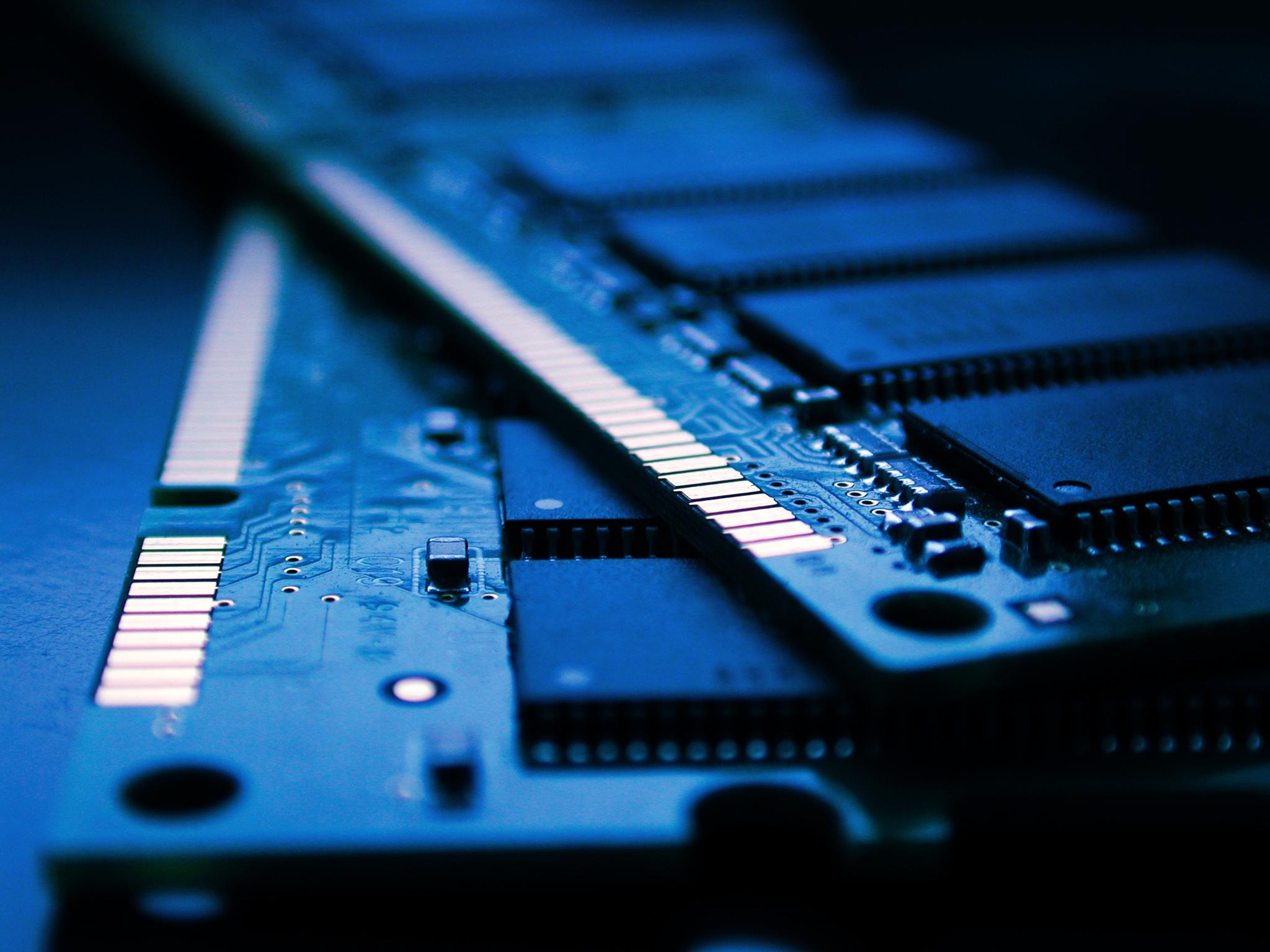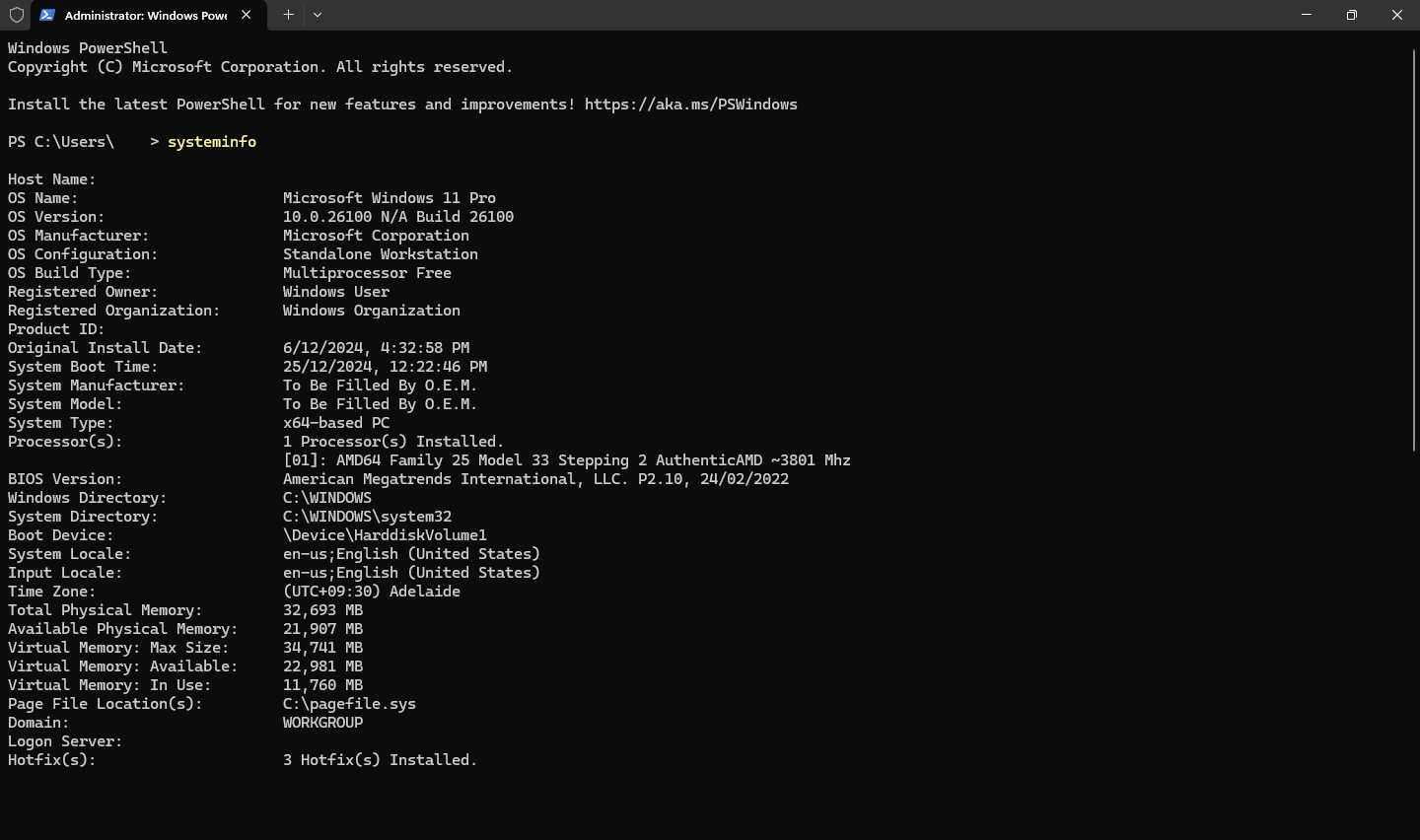- Controlling RAM consumption is key to maintaining performance in Windows 11
- Windows It includes different tools to monitor memory in real time, such as Task Manager, widgets or commands advanced
- Optimizing RAM usage helps prevent slowdowns and detect problematic programs, as well as improve the overall efficiency of your computer.

RAM is one of the most important elements when it comes to ensuring the good performance of your Windows 11 computer. Often, when your computer starts to run slower than usual, one of the reasons is excessive RAM consumption by some processes or applications. Being able to monitor how much memory your PC uses in real time allows you to act quickly, close programs you don't need, and keep your system running smoothly.
In this article you will learn all the possible ways to check the current RAM usage in Windows 11, the advantages of each method and some practical recommendations for freeing up memory when necessary. You'll also discover why it's so important to monitor resource usage, how to identify the most demanding programs, and the options available to expand or improve your computer's memory performance.
What is RAM and why is it crucial in Windows 11?
The RAM, or Random access memory, is one of the fundamental components of a computer. Its main function is to temporarily store the data and programs you are currently using, allowing for quick access by the processor. Unlike storage traditional (such as hard drive or SSD), RAM is much faster but also volatile: When you turn off your computer, everything in memory is erased.
RAM usage has a direct impact on your computer's speed and multitasking capabilities. If the memory fills up, Windows 11 starts using other less efficient methods (such as virtual memory on the hard drive), which may result in slowdowns, crashes, or unexpected restarts.
Why should you monitor RAM usage?
Monitoring RAM usage allows you to anticipate potential performance issues. Excessive usage can be a sign that there are open programs consuming unnecessary resources, that you have a particularly demanding game or application open, or even that you could benefit from increasing your physical memory capacity.
Detecting which processes are using the most RAM helps identify poorly optimized applications, malware hidden or even decide if you need to upgrade your equipment. With Windows 11, checking all this data is easier than ever.
Ways to view real-time RAM usage in Windows 11

There are several ways, all built into the operating system, to check memory usage on your Windows 11 computer:
- Task Manager
- Configuring Windows
- Run Tool and Advanced Commands
- Exclusive Windows 11 widgets and utility apps
- Symbol of the system (CMD)
We're going to break down all these options step by step so you can choose the one that best suits you.
How to monitor RAM using Task Manager
El Task Manager It is a native Windows tool that allows you to check resource consumption in real time, know the total memory used and the memory used by each specific process. In Windows 11, its access is very simple and its interface is very visual..
- You can open Task Manager in several ways:
- Right click on the taskbar and select “Task Manager”.
- Balance Ctrl + Shift + Esc to open it directly.
- You can also press Ctrl + Alt + Delete and choose it from the menu that appears.
- When you open it, if you see the reduced version, click on More details to access all functions.
- Within the Manager, select the tab Unlimited and click on "Memory". Here you can View real-time graphs, used memory, available memory, speed, type, and many more statistics about your RAM..
- If what you want is to check which applications are currently using the most memoryGo to the "Processes" tab. There, you'll see a list of programs and their exact RAM usage in real time.
A very practical trick is to activate the compact display:
- Double-click the summary column (on the left) and the window will shrink to show only the essential real-time statistics, taking up little screen space.
- You can do the same thing on a component's graph (for example, memory) to see only that information in a floating mini-window while you work.
Check RAM from Windows 11 Settings
The Settings app also provides information about your RAM., although the information is less dynamic. It's useful for viewing the total installed quantity and other technical details. To access:
- Press the button Home and select Configuration (you can also use the combination Windows + I).
- Go to the section System and then to About.
- In the section Device Specifications You will see the line “Installed RAM” next to the total amount detected by the system.
This method is a quick way to confirm if your PC has enough memory for everyday tasks or to make sure Windows recognizes all installed RAM.
Monitor RAM usage using advanced commands and tools
If you prefer commands or need very specific data, you have several options from the Run box or Command Prompt:
Using the Run window
- Balance Windows + R to open the Run window.
- Write msinfo32 and press Enter. The System information, where you can review sections such as “Total Physical Memory,” “Available Memory,” “Total Virtual Memory,” and more.
CMD commands to obtain technical information
- Open Run (Windows + R), writes cmd and hit Enter.
- Here you can use:
- To view total physical memory: systeminfo | findstr /C:»Total physical memory»
- To know the speed of the RAM modules: wmic memorychip get devicelocator, speed
- To know the type of memory: wmic memorychip get devicelocator, memorytype
- Advanced query: wmic memory chip list full
These commands are useful for advanced users or for gathering details before updating components.
Widgets, utilities, and new Windows 11 tools for monitoring RAM
With the arrival of Windows 11 New ways of monitoring resource consumption are emerging, using widgets and external applications such as Dev Home.:
- Dev Home (available on the Microsoft Store) is an open-source app that adds widgets directly to your desktop to monitor RAM, CPU, GPU, and other component usage in real time.
- To activate these widgets, install Dev Home and add it from the Windows 11 widgets panel. So, You'll have access to key statistics without opening Task Manager.
- Remember that since this is an app in development, it may occasionally experience some glitches. If you're not satisfied, you can always return to traditional Windows methods.
Microsoft plans to add even more useful information to the taskbar in the future, making it easier to constantly monitor your RAM while using your PC.
How to interpret RAM consumption data?
The RAM usage value you see in Task Manager or any other method corresponds to the amount of memory being used by all currently open processes. If you have a lot of programs open, several browser tabs, or a game running, it's normal for power consumption to increase significantly.
The graphs and indicators show you both the current usage and the evolution in There, allowing the detection of peaks, bottlenecks or possible memory leaks.
On systems with low memory (e.g., 4 GB), freeing up even a few hundred MB can greatly improve performance. En portable or desktop with more than 16 GB, the concern is less unless you use professional applications or very demanding multitasking.
Other ways to view real-time RAM usage
In addition to the native methods mentioned, you can find in the Microsoft Store and on GitHub, third-party applications that show you memory performance statistics in the form of widgets, gadgets, or desktop overlays. These programs can offer more visual graphs and advanced data, but are generally recommended only for advanced users or work environments where memory usage information needs to be constantly visible.
On the other hand, applications such as Xbox Game bar Integrated into Windows 10/11 also allows you to view basic information about RAM usage and other resources, designed especially for gamers.
Finally, it is interesting to note how Windows 11 handles compressed memory better, storing data in compressed format in RAM itself to gain extra capacity before resorting to disk paging.
The key to good performance is regular monitoring of these parameters., learning to detect when your PC is slowing down and knowing how to act in time to free up memory or close unnecessary processes.
Monitoring RAM usage in Windows 11 is essential to keeping your computer agile and avoiding frustration due to unexpected slowness. The operating system itself provides several simple tools to check memory usage in real time and act accordingly. Remember, you don't need to install extraneous applications: from the Task Manager to advanced widgets and utilities, everything is just a couple of clicks away. If you find that you're lacking memory for your daily needs, consider upgrading modules or uninstall programs unnecessary. RAM remains the essential ally for getting the most out of your PC every day.
Passionate writer about the world of bytes and technology in general. I love sharing my knowledge through writing, and that's what I'll do on this blog, show you all the most interesting things about gadgets, software, hardware, tech trends, and more. My goal is to help you navigate the digital world in a simple and entertaining way.

